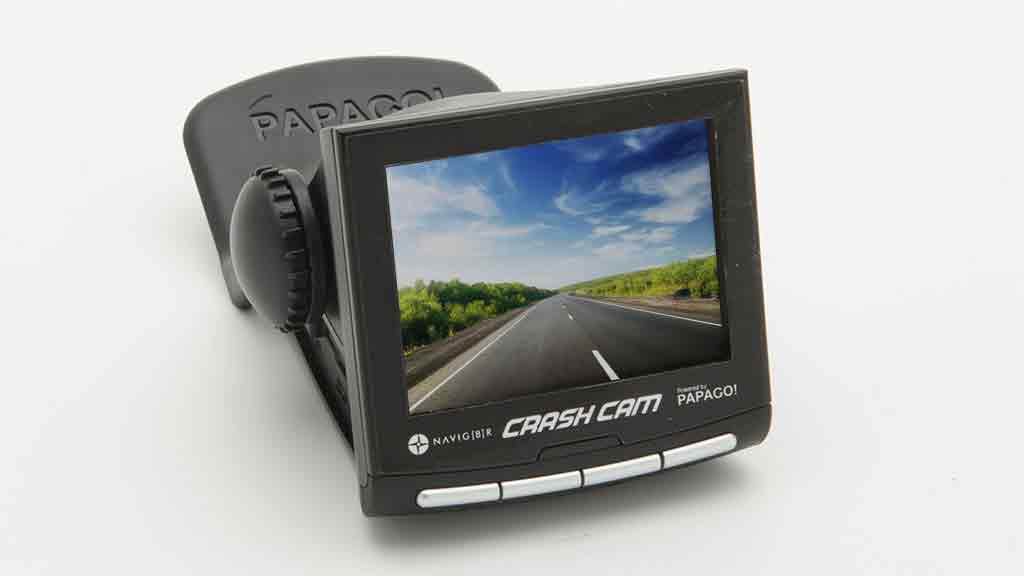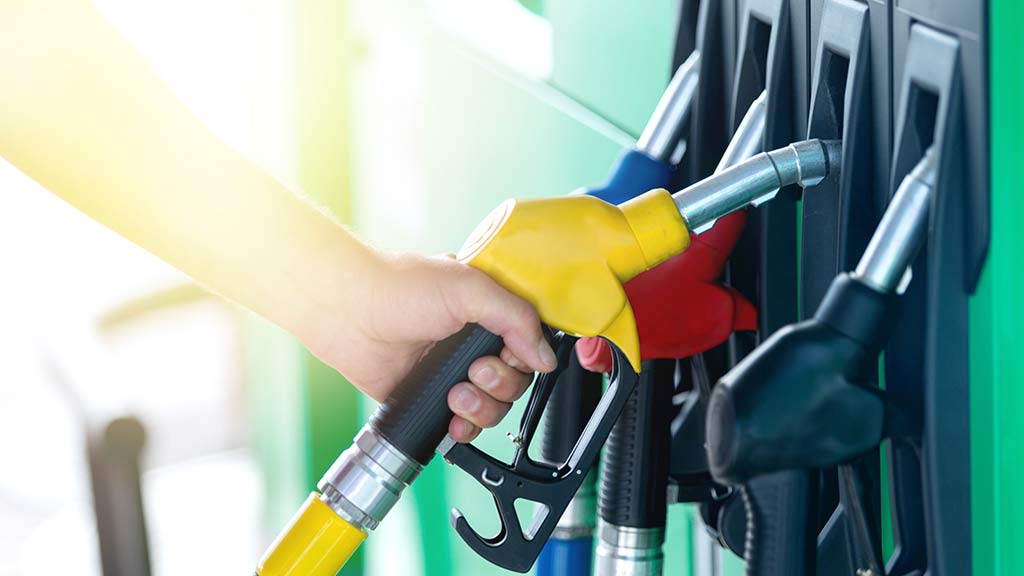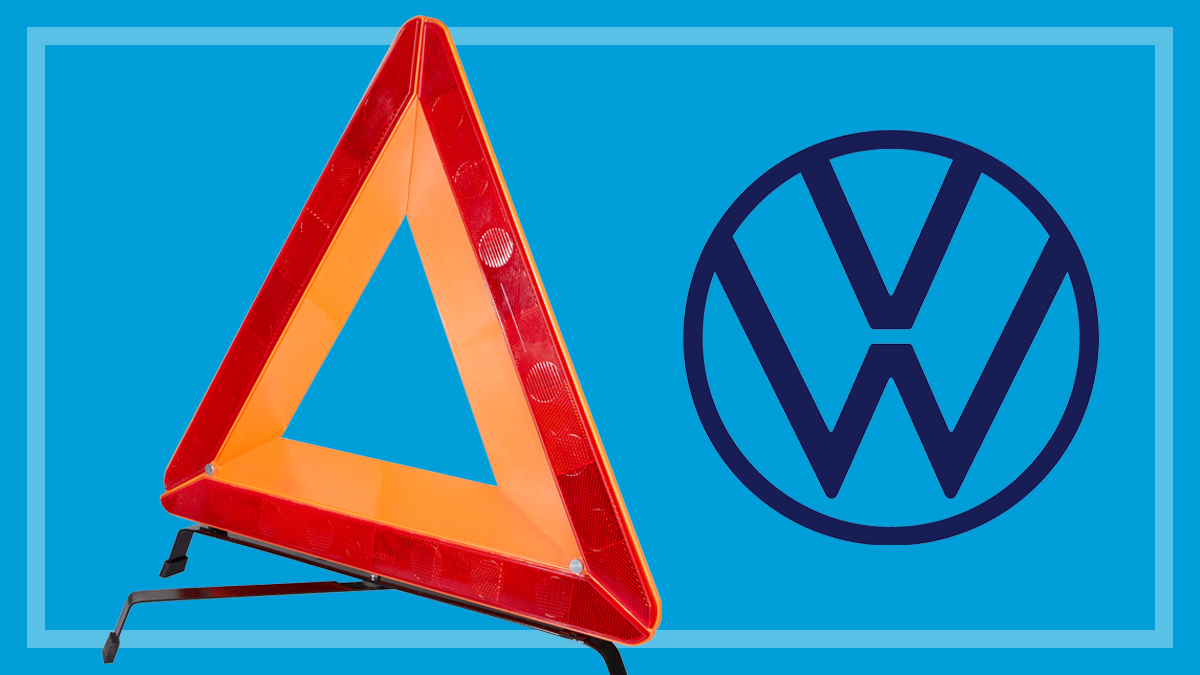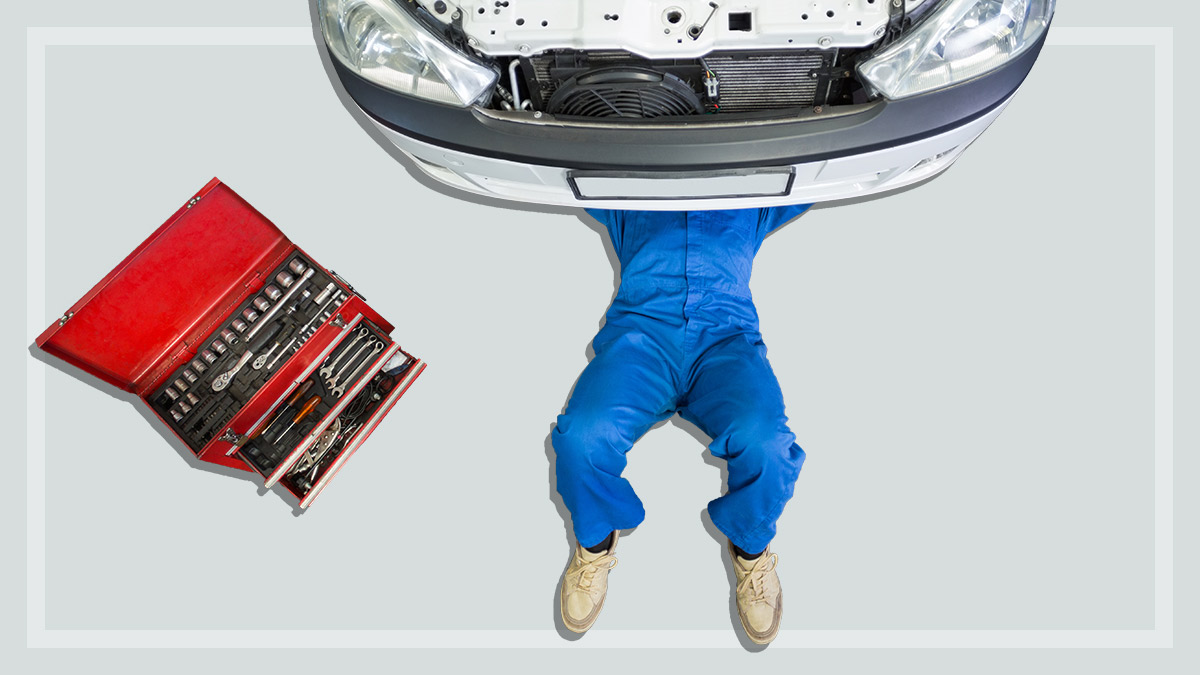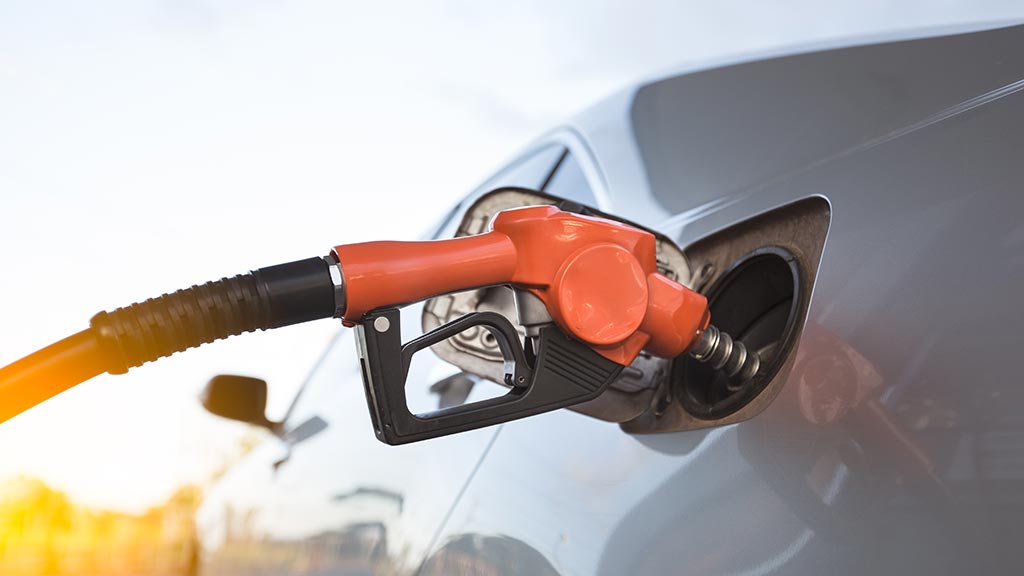Get our independent lab tests, expert reviews and honest advice.
Do headlight restoration kits work?
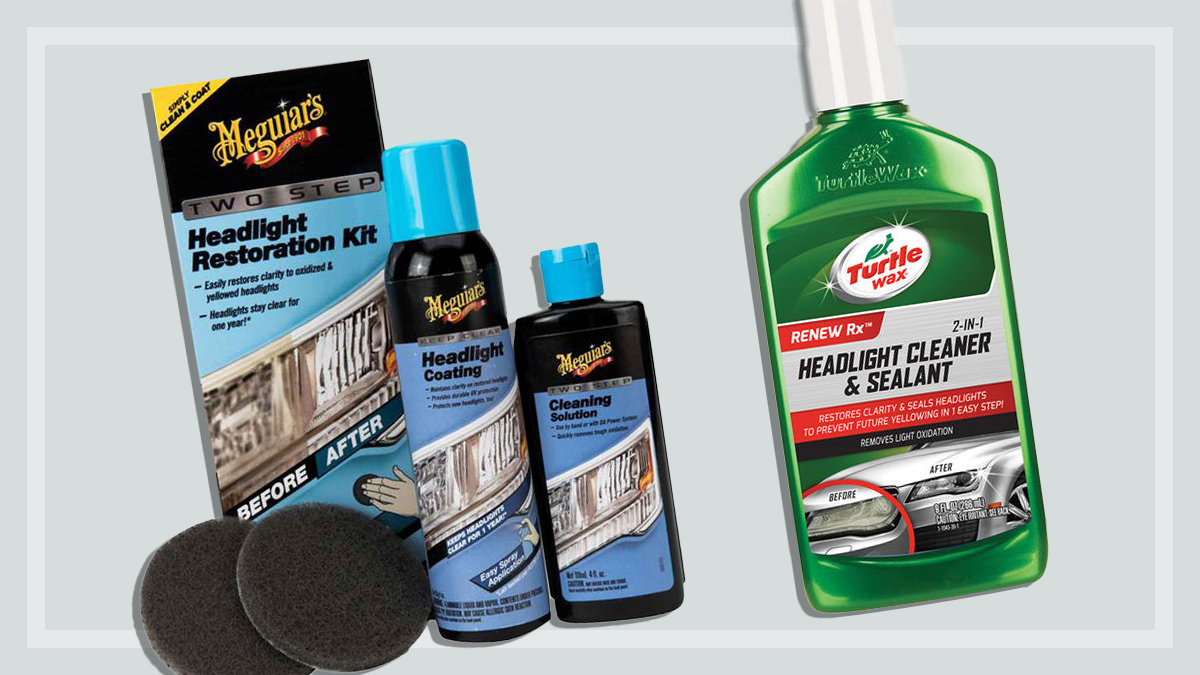
Need to know
- Faded, crazed and yellowed headlights aren't just unsightly, they’re a safety issue as well
- Professional detailers can restore your headlights for you, and there's a variety of DIY methods of varying effectiveness
- There are also commercial products available that promise to take the hard work out of headlight restoration and promise to protect your lights from future degradation
On this page:
- Why do you need a headlight restoration kit?
- Turtlewax 2 in 1 Headlight Cleaner & Sealant
- Meguiar's Two Step Headlight Restoration Kit
- What we found
- DIY headlight restoration options
- The CHOICE verdict
Dull, discoloured car headlights are a drag, but help is at hand thanks to kits that promise to leave your lenses luminous as new.
Commercial car headlight restoration kits are designed to quickly and easily remove the oxidisation, haziness and discolouration that builds up on polycarbonate headlights over time, reducing light transmission and potentially becoming a defect.
Available at a range of price points, these kits all promise to restore your headlights to their former glory, but do they work?
Why do you need a headlight restoration kit?
Over time, the ravages of the Australian environment can wreak havoc on outdoor surfaces, and your car is no exception. Interiors can crack and fade in the sun, and your car’s paint and plastic headlights can oxidise and discolour.
Dull, cloudy paint might be the most obvious sign of weathering, but crazed, yellowed headlight lenses not only look unappealing, they can have substantially reduced light transmission, which has obvious implications for safety.
In NSW, the Road Transport (Vehicle Registration) Regulation 2017 light vehicle standards rules state that a low-beam headlight must be able to illuminate the road ahead for at least 25 metres and a high-beam headlight for at least 50 metres, and other states have similar regulations.
Crazed, yellowed headlight lenses can have substantially reduced light transmission, which has obvious implications for safety
If your headlights are so cloudy and faded that they can no longer achieve this, your car might fail its pink slip inspection, or you could even receive a defect notice and accompanying fine from the police.
Unfortunately, there’s little you can do to prevent your headlights from weathering over time, but the good news is there’s a range of techniques and products out there that can restore them to their former glory.
The internet is awash with DIY techniques, including buffing with avocado, toothpaste, car polish or even fine grit sandpaper or wet and dry, with varying levels of effectiveness.
There are also commercial products specifically designed for headlight restoration that promise to power through the job with maximum efficiency.
We picked two popular products at opposite ends of the price spectrum, rolled up our sleeves and got to work on restoring some badly faded lights to find out.
Turtlewax 2 in 1 Headlight Cleaner & Sealant
RRP: $22.99

A two-in-one formulation, Turtlewax Headlight Cleaner & Sealant combines a cleaning compound to remove light oxidisation and yellowing from polycarbonate automotive lights with a chemical sealant that claims to help prevent future degradation.
The two-in-one formulation is convenient, but you need to supply your own applicator cloth – not a big deal, but notable considering the Meguiar’s product comes with everything you need, including applicators.
Interestingly, Turtlewax also produces a multi-step kit for more heavily damaged headlights – this kit contains a separate clarifying compound, abrasive ‘restoration pads’, and sealant applicators for twice the price.
The instructions are fairly simple – wash and dry your lights, then apply a small amount of cleaner/sealant to a cotton cloth and rub it on the lens using a firm pressure until the plastic becomes clear. Once done, buff the light with a clean cloth. Additional applications may be needed for best results, particularly for badly faded headlights.
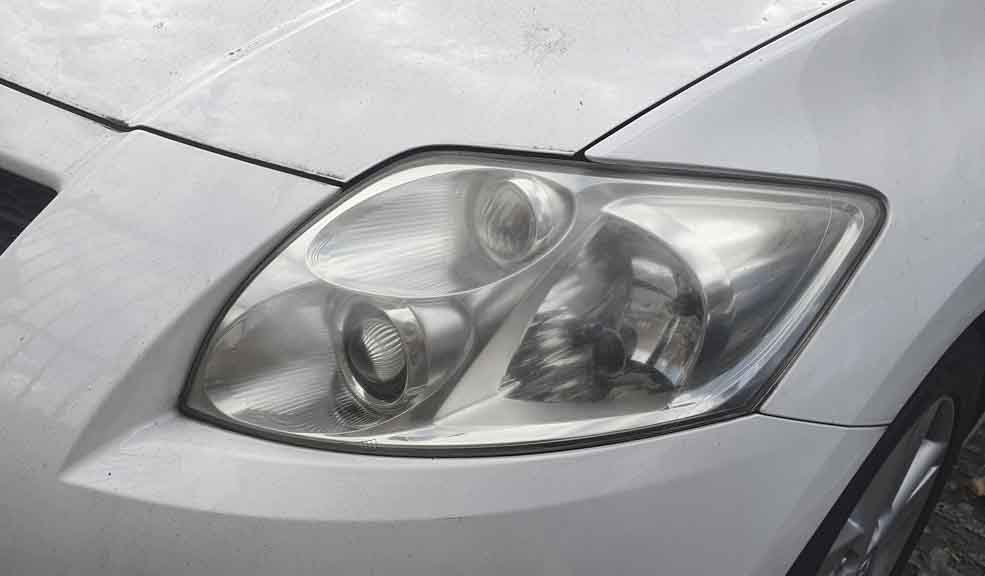
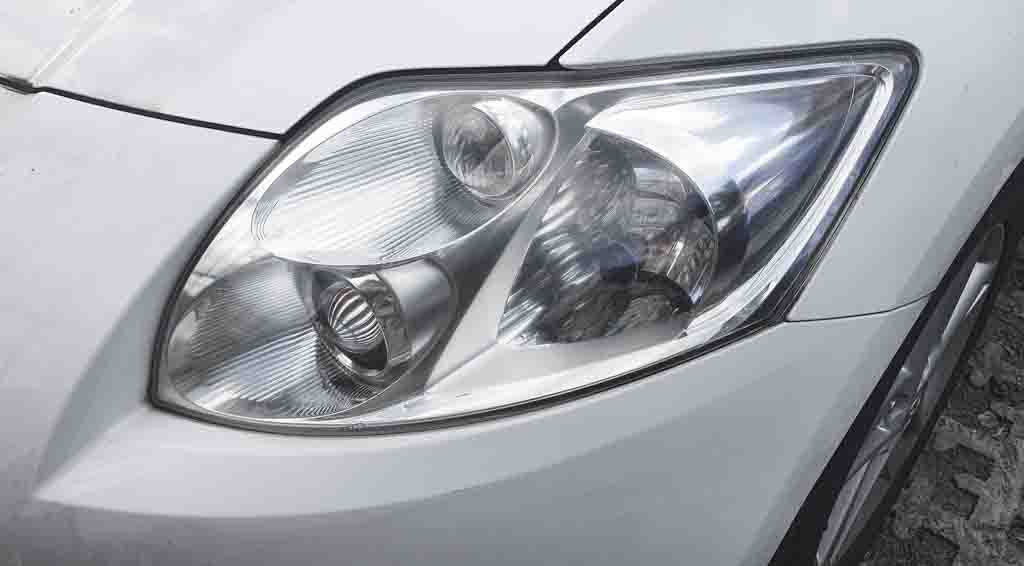
Meguiar’s Two Step Headlight Restoration Kit
RRP: $98.99
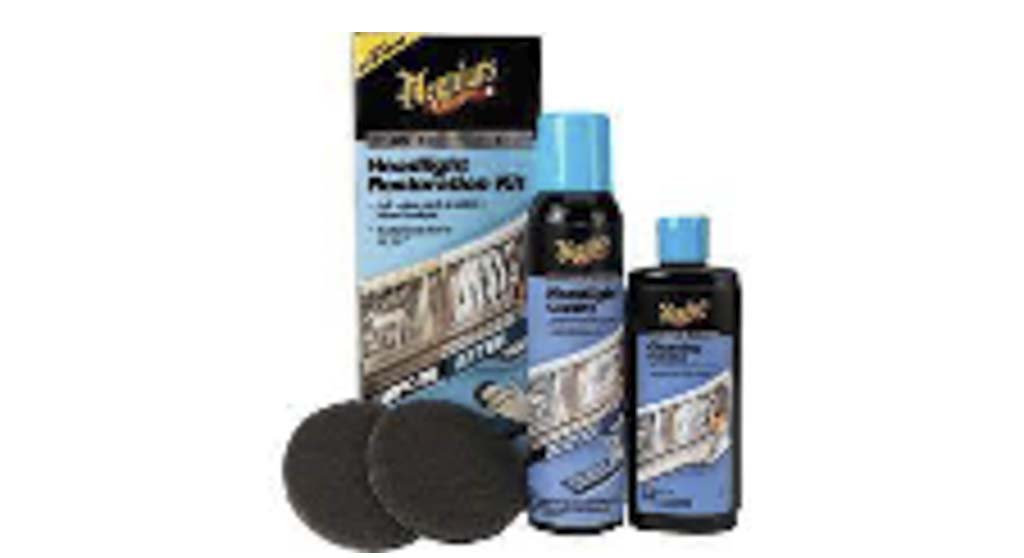
Like the Turtlewax, Meguiar’s headlight restoration kit is designed to restore dull, yellowed and oxidised headlights, then seal them to help protect against re-oxidisation.
Unlike the Turtlewax product though, this requires two steps – cleaning, then sealing. The kit also comes with cleaning pads, which can be used in conjunction with Meguiar’s ‘DA Power System’ – a rotary polisher drill attachment – for faster application.
Step one is to apply a small amount of cleaning solution to the supplied pads and thoroughly clean the entire headlight using a back and forth motion (or the aforementioned DA Power System) until there’s a uniform frosted appearance across the entire headlight, then wipe clean with a damp cloth and dry thoroughly.
As with the Turtlewax, you may require multiple applications (we opted for five for our badly faded lights) for best results.
Step two is to apply two applications of the Headlight Restoration Coating, leaving 3–5 minutes between coats (the coating takes 24 hours to cure fully). Meguiar’s cites laboratory results to say the coating provides 12 months’ protection against re-oxidisation.
What we found
We rolled up our sleeves and got to work on a CHOICE vehicle that was exhibiting some fairly major headlight degradation. Starting with the Meguiar’s kit, we gave one light five cycles of rubbing and buffing with the cleaning solution, followed by the requisite two applications of the headlight coating.
Given how badly faded the headlight lens was before we started, the results were immediately obvious and pleasantly surprising.
Switching to the Turtlewax, we gave the other headlight five cycles of application and buffing. Being an all-in-one product, this was a simpler process, and while also effective, it clearly wasn’t doing as good a job as the Meguiar’s restoration kit, which is understandable given it’s promoted as a lighter duty product.
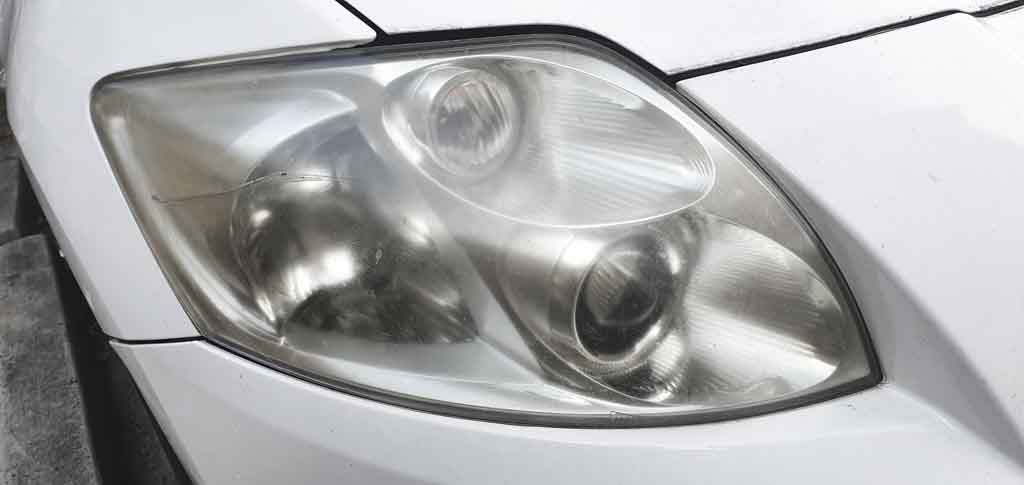
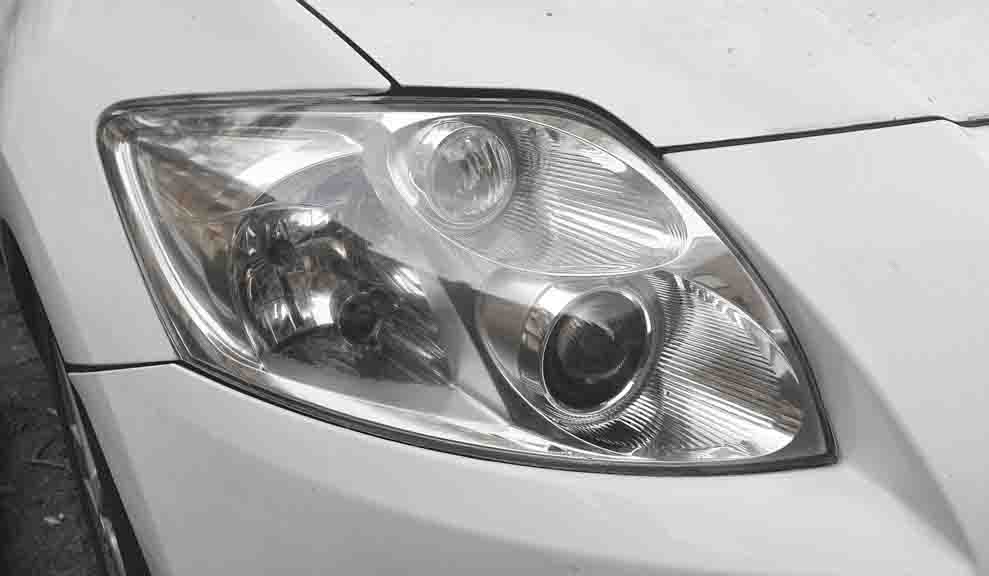
DIY headlight restoration options
We’re a little wary of taking advice from random strangers on the internet at the best of times, but especially when it comes to using abrasives or chemicals on our precious vehicles, so we’ll leave these methods up to you to experiment with if you dare.
Popular chemical cleaning suggestions include vinegar, avocado and, ahem, urine – the theory being that with vigorous rubbing, these are acidic enough to strip the oxidisation from your lights. On the abrasive side, bicarbonate of soda, car polish and even toothpaste are also widely spoken about on forums.
Aside from leaving your headlights minty fresh or smelling like a salad, we’d be sceptical these methods would have much of an effect, and have the potential to make the situation worse.
Not to mention none of these options provide the protective coating a for-purpose commercial cleaner includes, so any gains may be short-lived.
The CHOICE verdict
These headlight restoration kits both did a great job of removing oxidisation and yellowing from faded polycarbonate automotive lenses (headlights, tail lights, indicators etc).
At 15–20 minutes per headlight and requiring no special skills or tools, restoring your lights’ faded looks and improving the performance of your headlights with one of these kits is a fast and inexpensive chore that virtually anyone can tackle in an afternoon.
For particularly badly oxidised lights, it may even save you from a defect notice, which means your kit has practically paid for itself, and it’s way cheaper than completely replacing your headlights (the cost of which can run into many hundreds of dollars).
The results were clear – virtually all the haze and yellowness were removed, and our headlights look great
The results from our testing were, ahem, clear – virtually all the haze and yellowness were removed, and our headlights look great. More importantly, the lights were noticeably brighter on our nighttime test drive.
While comparatively expensive and a little more involved to apply than the Turtlewax product, the Meguiar’s kit performed noticeably better and would be our choice for heavily oxidised lenses.
On the other hand, the Turtlewax two-in-one was effective, simpler to apply and only a quarter of the price. If we hadn’t seen it in comparison to the other Meguiar’s-treated light, we would have been happy with the result, and it would be our choice for treating mild haziness and discolouration.

